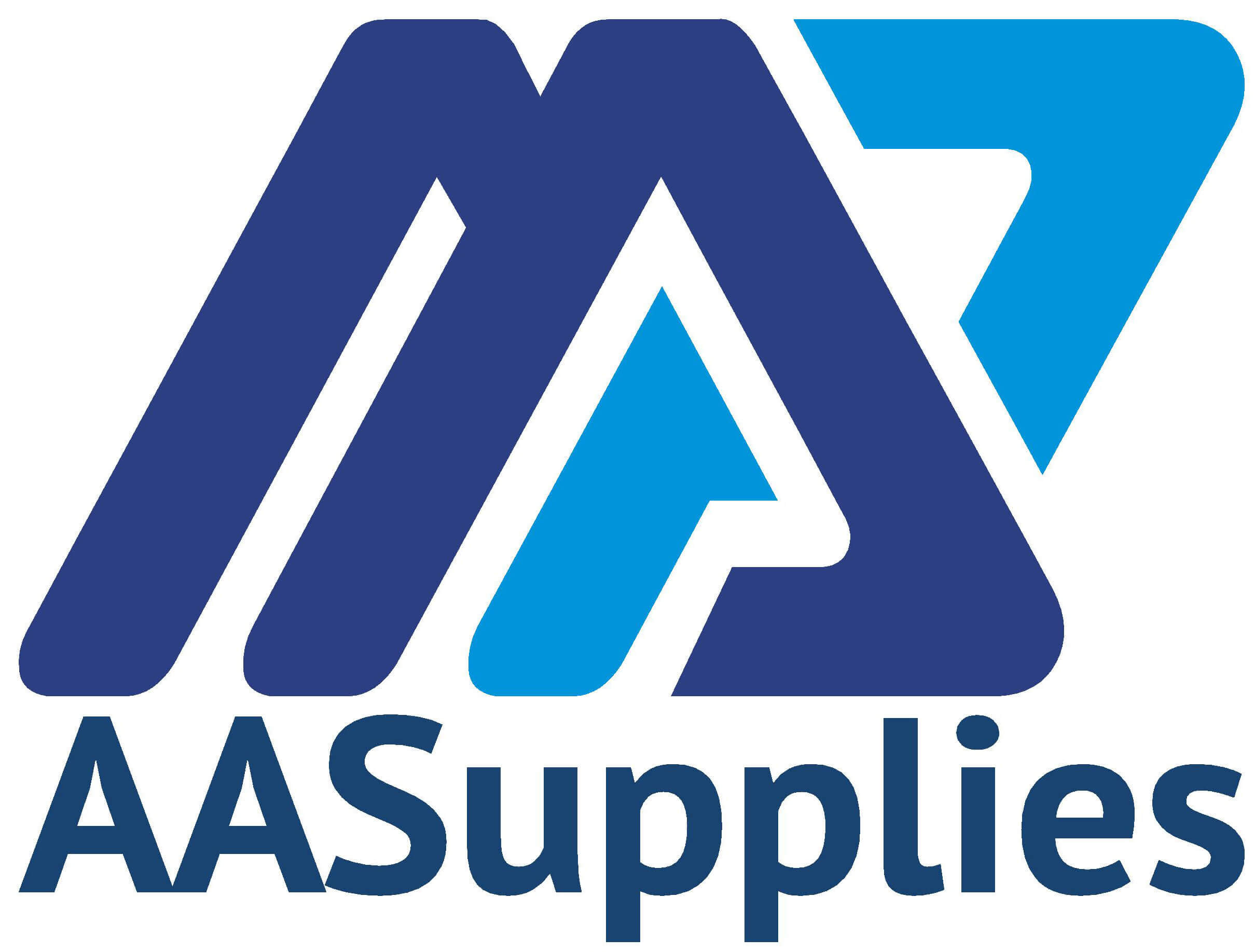Any discussion of the basics of forklift trucks would be incomplete without a discussion of the center of gravity and the stability triangle. One of the hardest things for lift truck operators to learn during training is how to maintain their forklift’s center of gravity within their stability triangle.
A forklift has a three-point suspension system. The points are found over both of the two load (front) wheels and midway between the rear wheels. When imaginary lines are drawn to connect them, what’s known as the stability triangle is formed. The operator must ensure that the center of gravity of the combined forklift and load remains within the stability triangle to guard against tipping over.
According to McCue, a company that produces equipment designed to make workplaces safer and prevent damage to products, overturns are the most common type of forklift accident, accounting for 24 percent of such accidents.
Factors such as heavy and/or unbalanced loads, driving on sloping or uneven terrain, or turning with elevated loads can result in the center of gravity moving outside of the triangle. The result can be catastrophic.
The Load Center
It’s crucial to pay attention not only to the center of gravity of the load you are lifting but especially to the combined center of gravity: that of the lift truck and the load it is picking up.
The lift truck also has a center of gravity, which shifts once the truck picks up a load. When the load is lifted, the center of gravity moves forward. Care must be taken to maintain the center of gravity within the stability triangle of the forklift by not lifting more than the maximum allowable given the load center.
When working, stability can be best maintained by keeping loads low to the ground and traveling with caution when turning, stopping, and starting. Also, be sure to wear your seatbelt.
One area of particular concern is on ramps, slopes, or otherwise uneven terrain. Never raise a load or turn on an uneven surface. In such cases, your center of gravity will quickly move outside of the stability triangle.
While traveling empty on a ramp, your forks should always point downhill. When carrying a load, your forks should always point toward the top of the ramp, so the load will not fall off.
If a forklift starts to tip over while you’re operating it, do not try to jump clear of the machine. Experts recommend staying in the cabin of the vehicle and leaning away from the direction you’re falling. Grip the wheel tightly and brace your feet.





















